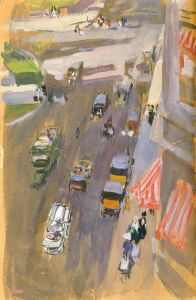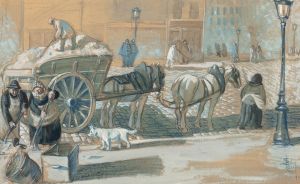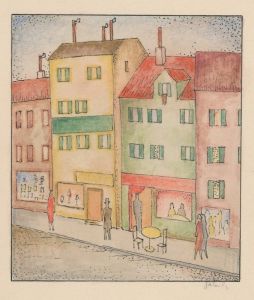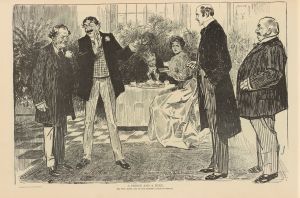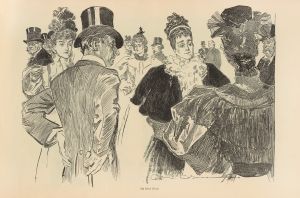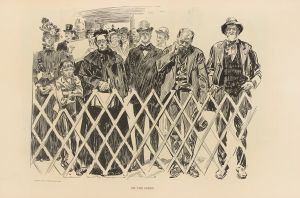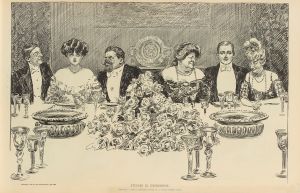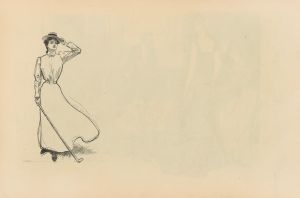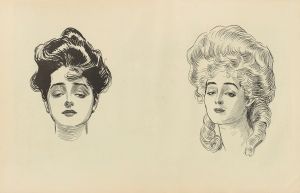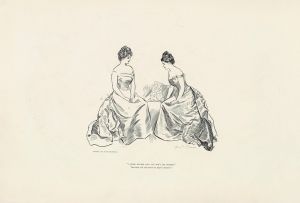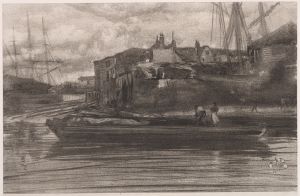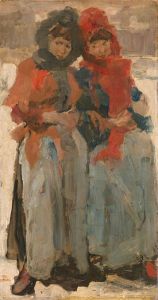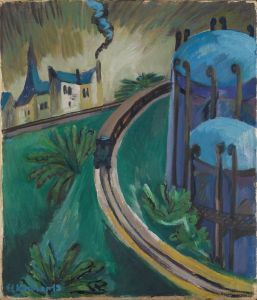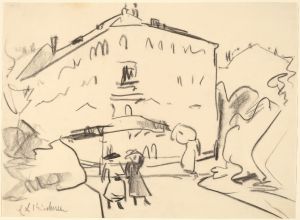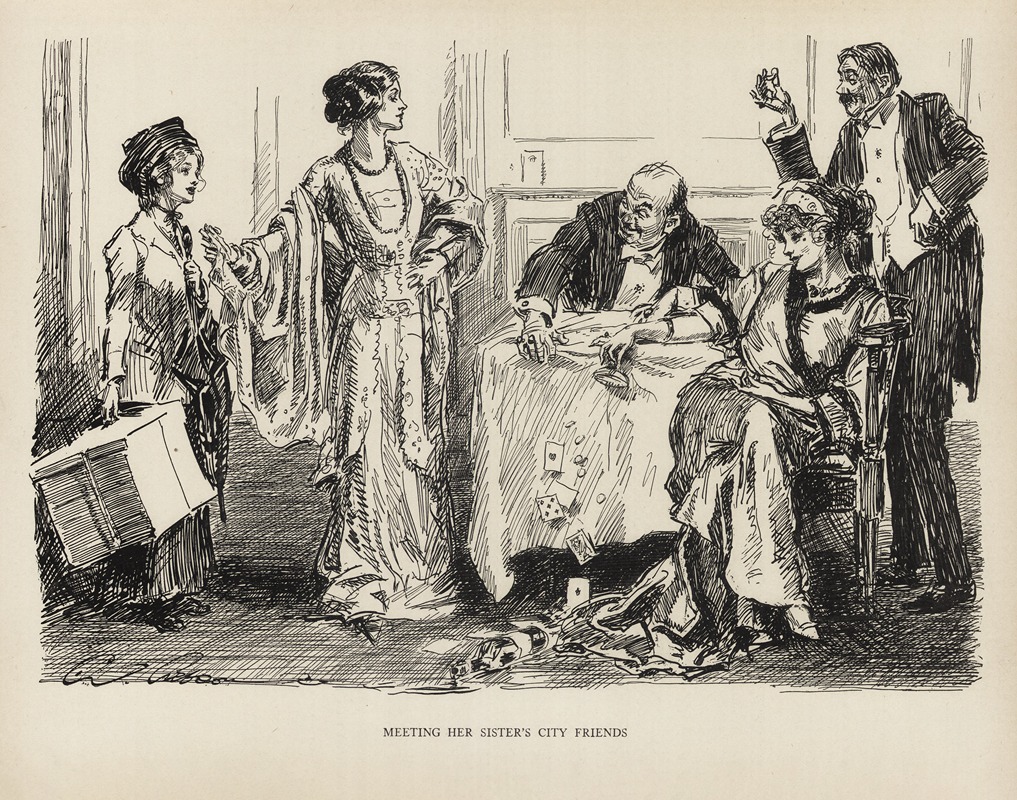
Meeting her sister’s city friends
A hand-painted replica of Charles Dana Gibson’s masterpiece Meeting her sister’s city friends, meticulously crafted by professional artists to capture the true essence of the original. Each piece is created with museum-quality canvas and rare mineral pigments, carefully painted by experienced artists with delicate brushstrokes and rich, layered colors to perfectly recreate the texture of the original artwork. Unlike machine-printed reproductions, this hand-painted version brings the painting to life, infused with the artist’s emotions and skill in every stroke. Whether for personal collection or home decoration, it instantly elevates the artistic atmosphere of any space.
Charles Dana Gibson was an influential American illustrator best known for his creation of the "Gibson Girl," an iconic representation of the American woman at the turn of the 20th century. His illustrations captured the spirit and social dynamics of the era, often with a touch of humor and social commentary. One of his notable works is "Meeting Her Sister’s City Friends," which exemplifies his keen observation of social interactions and his ability to convey complex narratives through simple black-and-white drawings.
"Meeting Her Sister’s City Friends" is a pen-and-ink illustration that reflects Gibson's characteristic style, marked by detailed line work and expressive characters. The artwork typically depicts a scene where a young woman from a rural or less urbanized background is introduced to her sister's friends from the city. This scenario allows Gibson to explore themes of social class, urbanization, and the cultural divide between rural and urban life, which were prominent issues during the late 19th and early 20th centuries.
Gibson's illustrations often featured the "Gibson Girl," a representation of the idealized American woman who was independent, confident, and socially graceful. In "Meeting Her Sister’s City Friends," the dynamics between the characters might highlight the contrast between the sophistication and modernity of city life and the simplicity or perceived naivety of rural existence. This contrast would have resonated with audiences of the time, as America was undergoing significant changes due to industrialization and urban growth.
The social interactions depicted in Gibson's work often carried a humorous or satirical undertone, reflecting the artist's ability to critique societal norms and expectations subtly. His illustrations were published in popular magazines such as Life, Harper's Weekly, and Scribner's, reaching a wide audience and influencing public perceptions of gender roles and social class.
Gibson's work, including "Meeting Her Sister’s City Friends," played a significant role in shaping the visual culture of the era. His illustrations were not only artistic expressions but also social commentaries that captured the complexities of American life during a period of rapid change. The "Gibson Girl" became a cultural phenomenon, influencing fashion, literature, and even the feminist movement by presenting a new image of womanhood that combined beauty with intelligence and independence.
Overall, Charles Dana Gibson's "Meeting Her Sister’s City Friends" is a testament to his skill as an illustrator and his ability to encapsulate the social dynamics of his time. Through his art, Gibson offered a window into the evolving American society, making his work both a historical document and a piece of enduring artistic merit.





